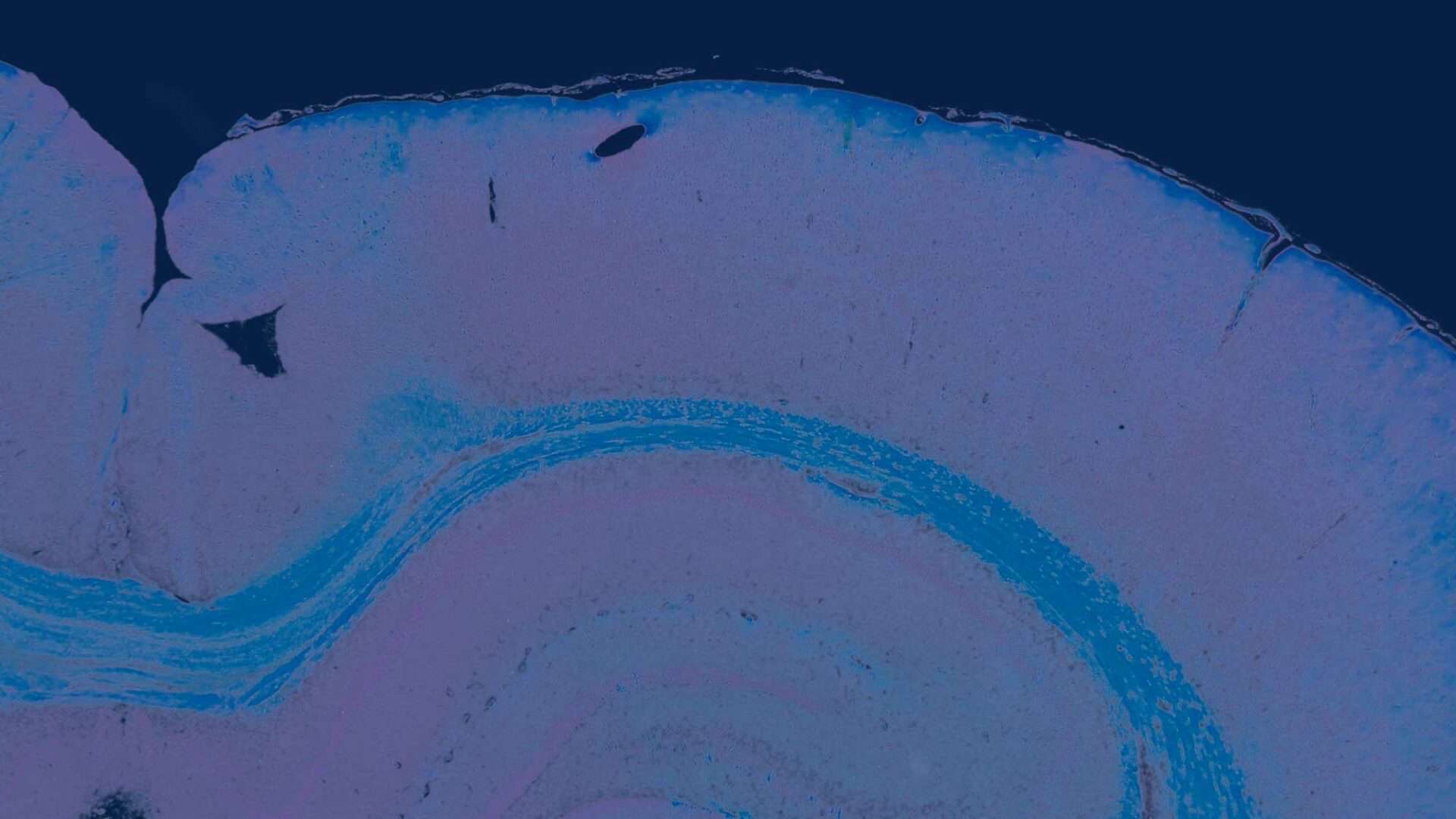As previously described, Global Pathology Support B.V. also provides GLP-Compliant histopathology evaluations on Whole Slide Images (“Digital Pathology”). Recently, a document from the FDA described the questions and answers (May 2023) which are all covered by the methods used by GPS BV (Ref. FDA Document of May, 2023: “Use of Whole Slide Imaging in Nonclinical Toxicology Studies: Questions and Answers Guidance for Industry”).
Download PDF Use of Whole Slide Imaging in Nonclinical Toxicology Studies: Questions and Answers.
See below a short summary of the advantages of evaluation of W.S.I.’s which offers the possibility to work on a global scale even more efficiently, without jeopardizing the pathology data and interpretations thereof.
Advantages of using whole slide images (WSI) for histopathology evaluation in preclinical toxicology studies:
- Digital archiving and retrieval: WSI allows for the creation of a digital archive of histopathology slides, eliminating the need for physical storage of glass slides. This facilitates easy retrieval, sharing, and collaboration between pathologists, scientists, and regulatory authorities.
- Remote access and teleconsultation: WSI enables pathologists to remotely access and review slides, enabling teleconsultation and facilitating collaboration among experts located in different geographical locations. This can lead to more efficient and timely evaluations.
- Enhanced image quality and resolution: WSI systems provide high-resolution digital images, which can be magnified and manipulated for detailed examination. This enhances the ability to visualize cellular and tissue-level changes, potentially improving the accuracy of diagnoses and evaluations.
- Time efficiency: Whole slide imaging eliminates the need for physical slide handling, preparation, and manual microscopic evaluation. Pathologists can view multiple slides simultaneously, navigate through tissue sections quickly, and annotate findings digitally. This can save time and increase efficiency in the evaluation process.
- Standardization and reproducibility: WSI allows for standardization of image acquisition and interpretation parameters. Pathologists can calibrate the display settings, apply standardized annotation tools, and share region of interest annotations with colleagues. This helps reduce inter-observer variability and improves the reproducibility of evaluations.
- Integrated image analysis: Digital pathology platforms often include image analysis algorithms that can assist in quantification and objective assessment of histopathological features (e.g., in OECD 443 (2018) studies. “Extended One-Generation Reproductive Toxicity Study”) These automated tools can aid in the detection of subtle changes, provide quantitative data, and potentially reduce subjective biases.
It’s important to note that while the advantages of using whole slide imaging in histopathology evaluation are promising, the regulatory landscape and guidelines has evolved last years. Therefore, it’s crucial to refer to the most recent FDA guidance or relevant literature to obtain accurate and up-to-date information.
